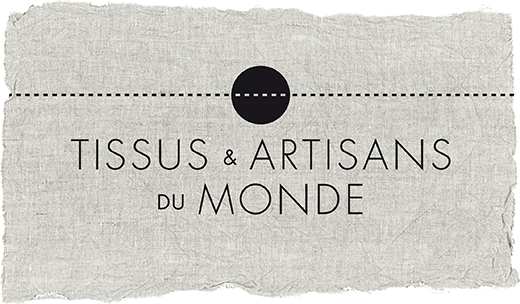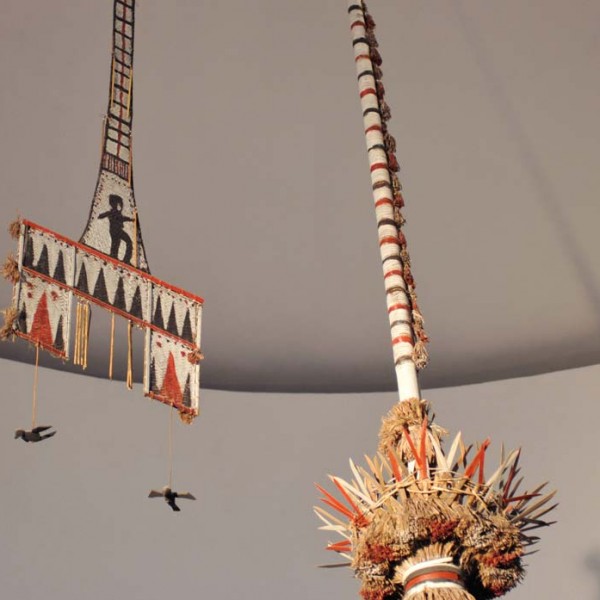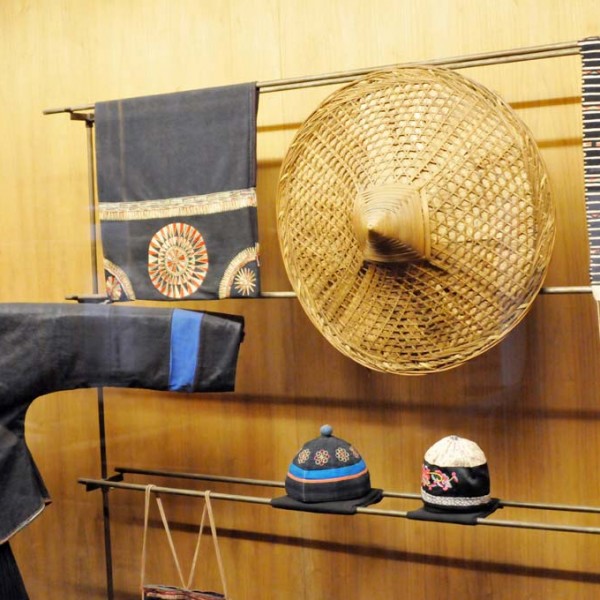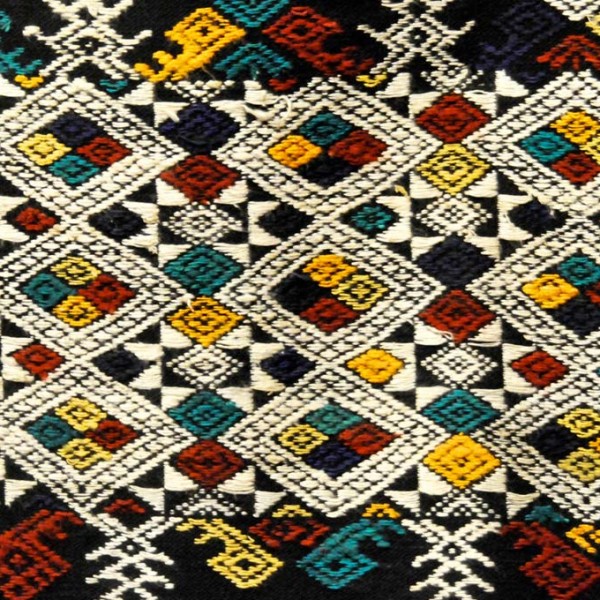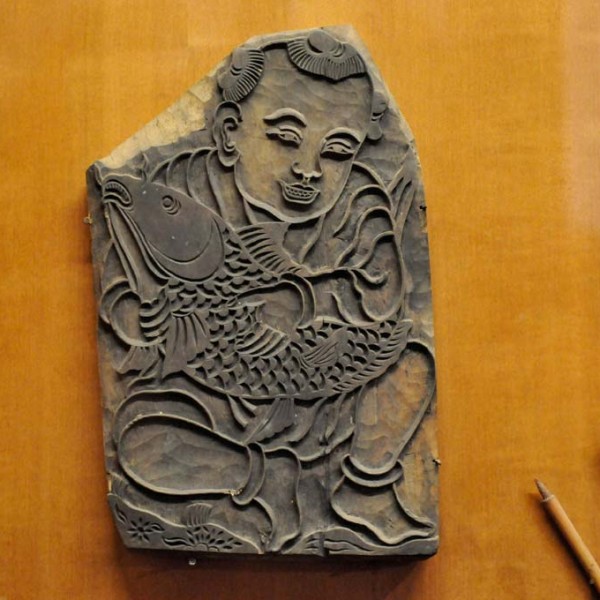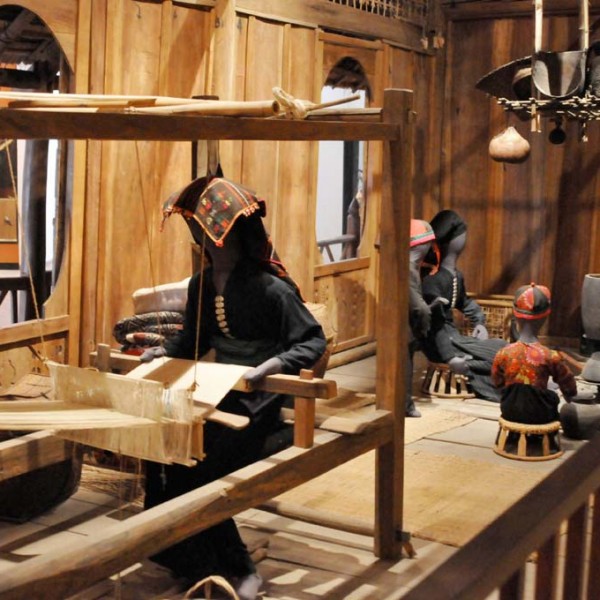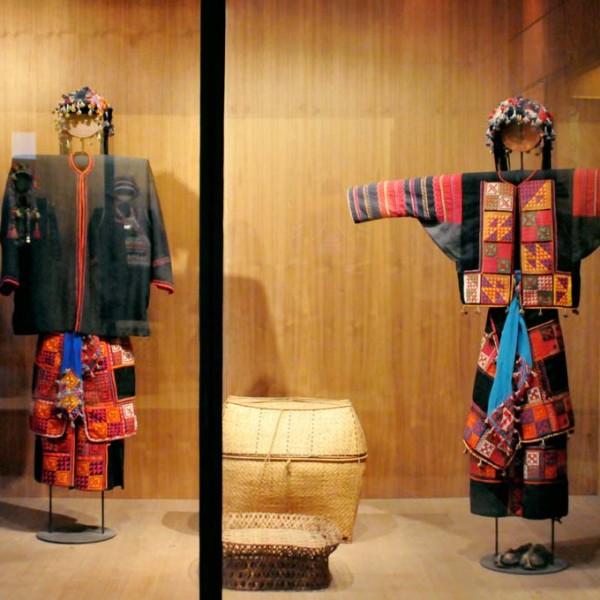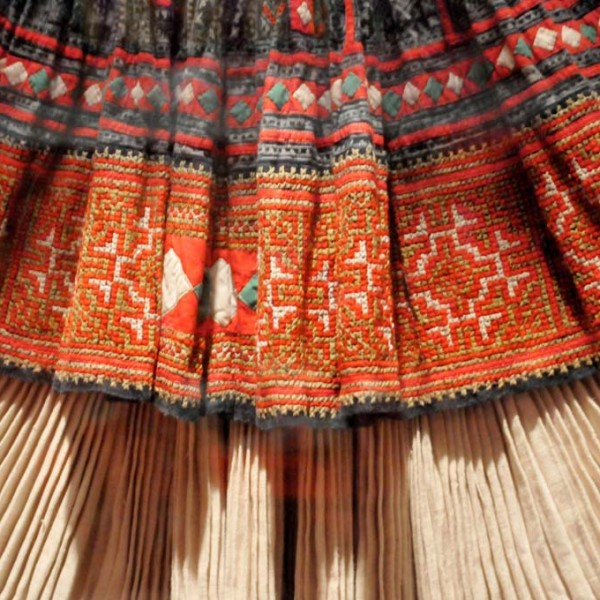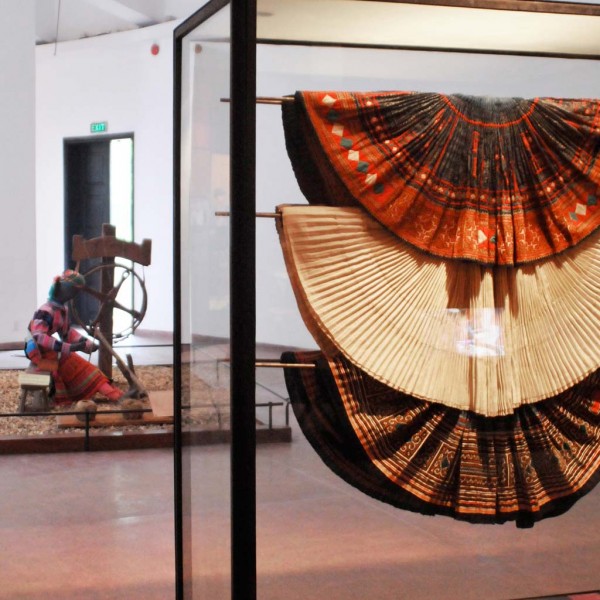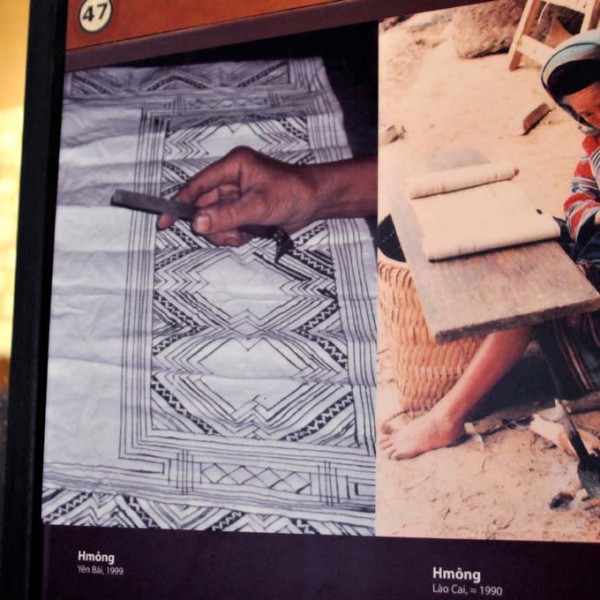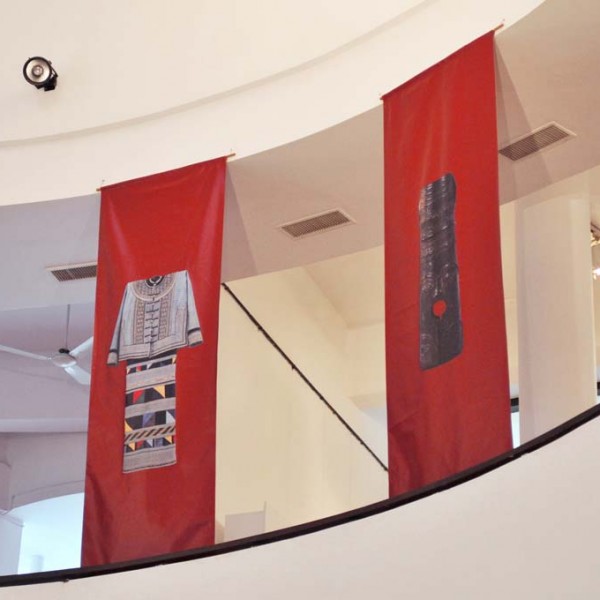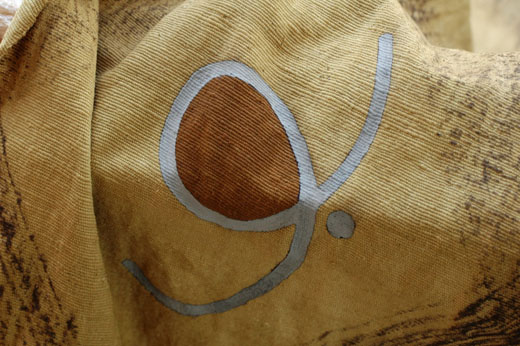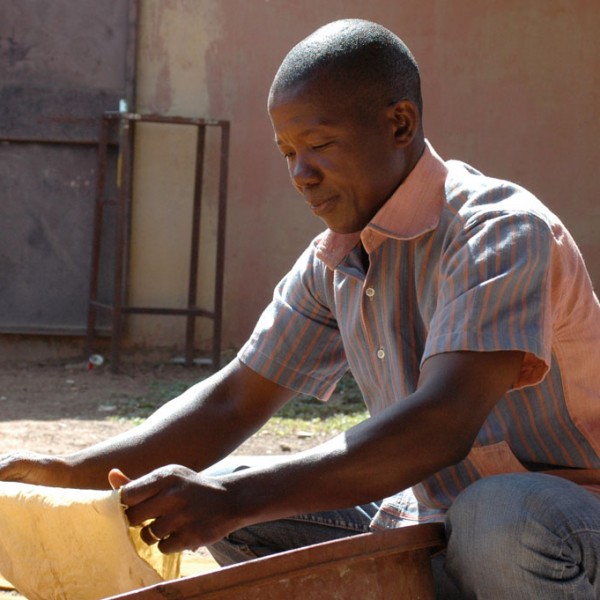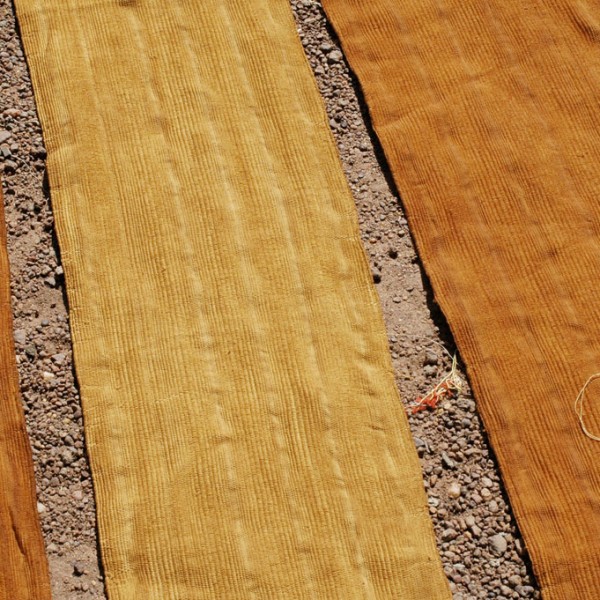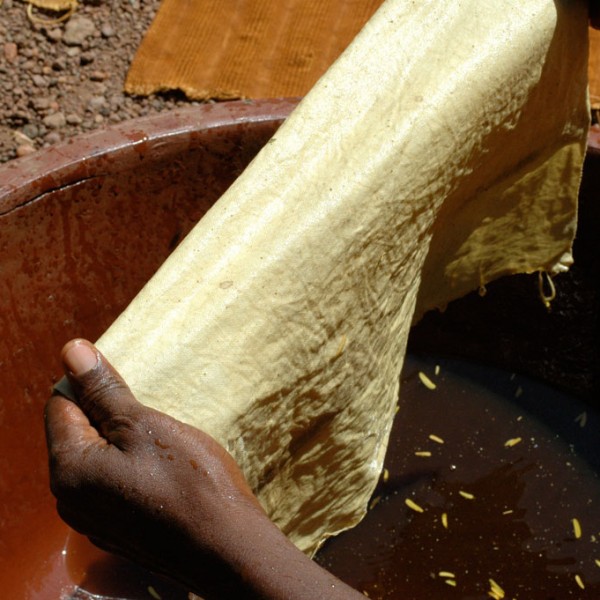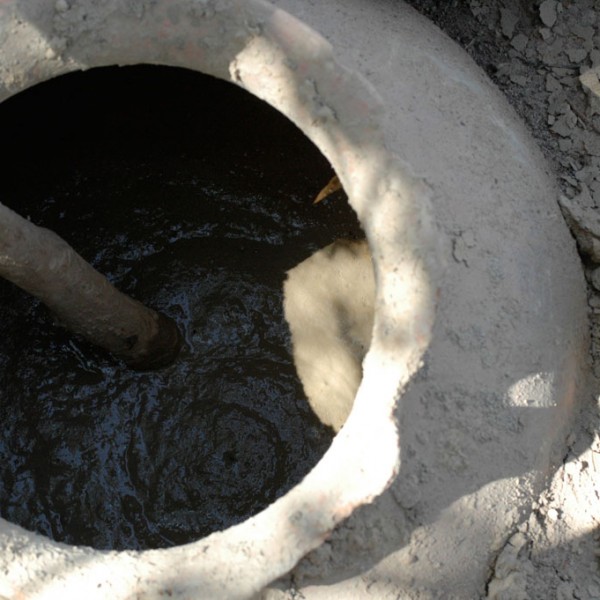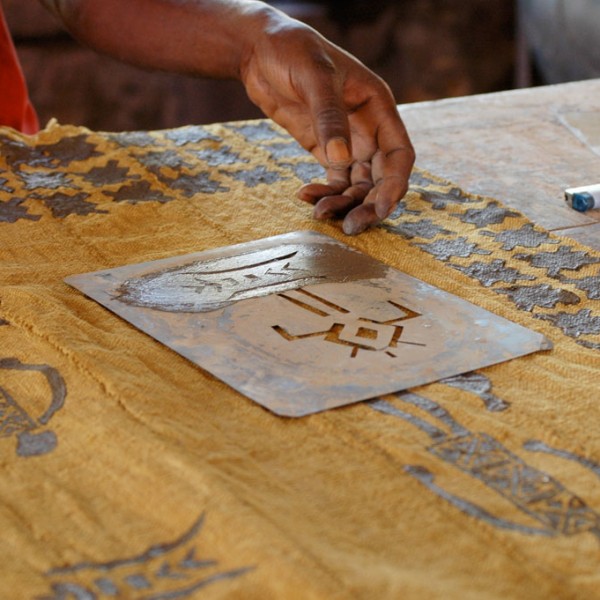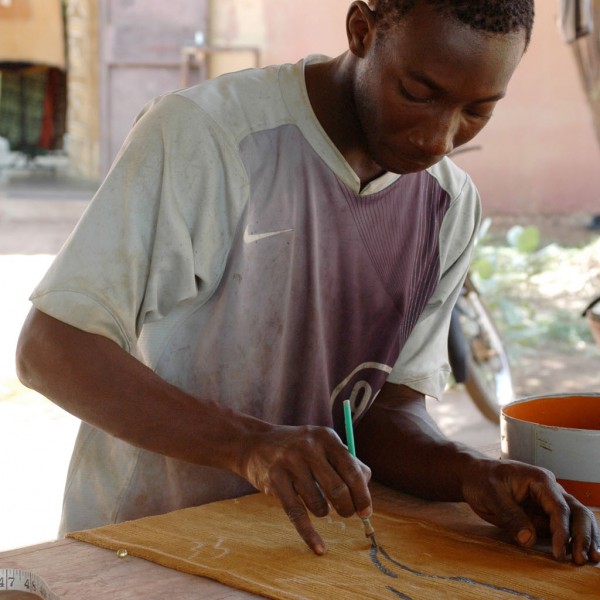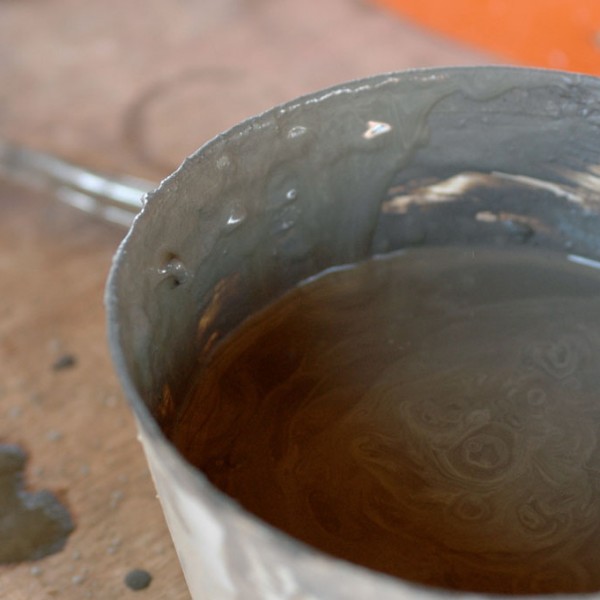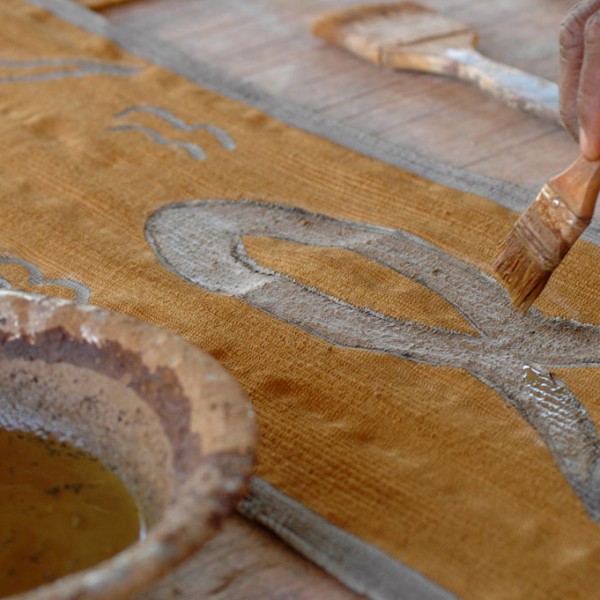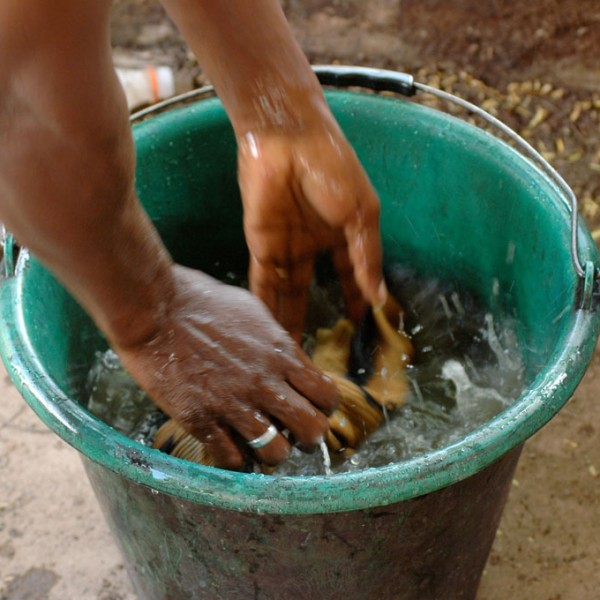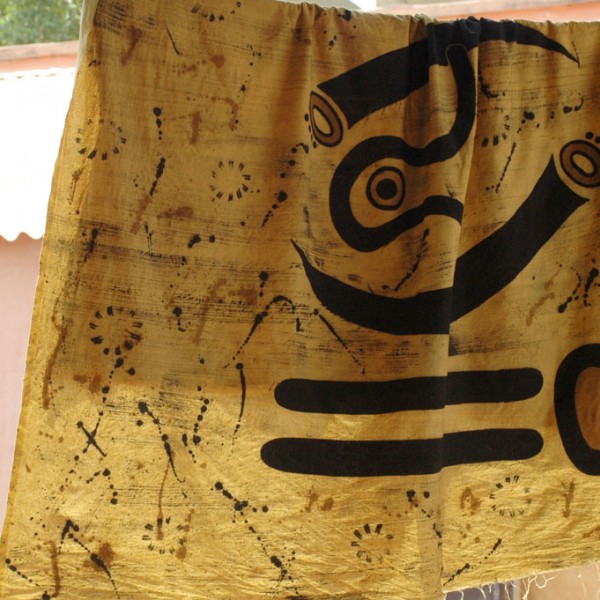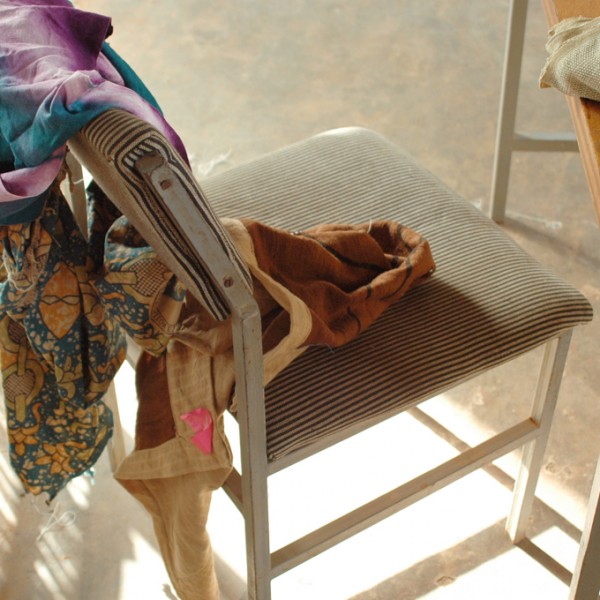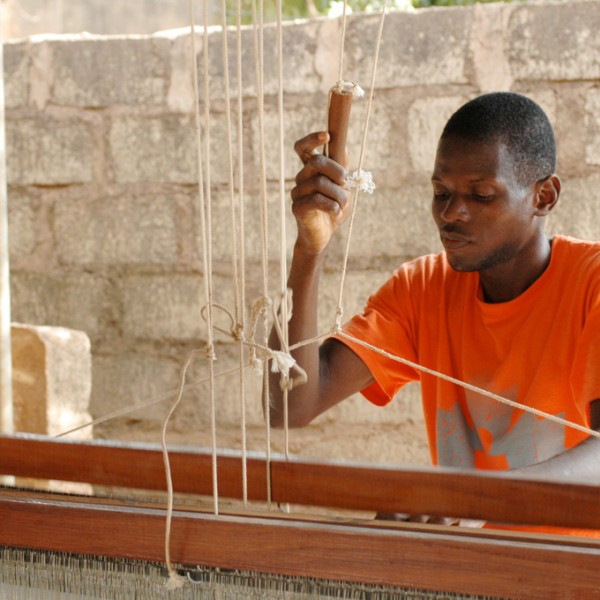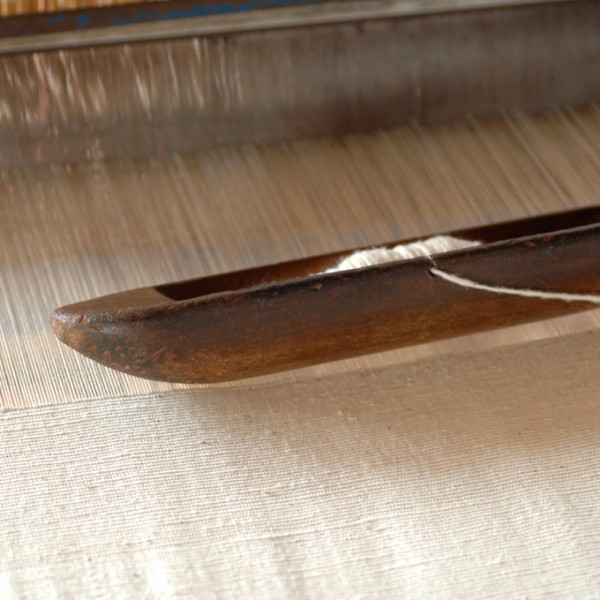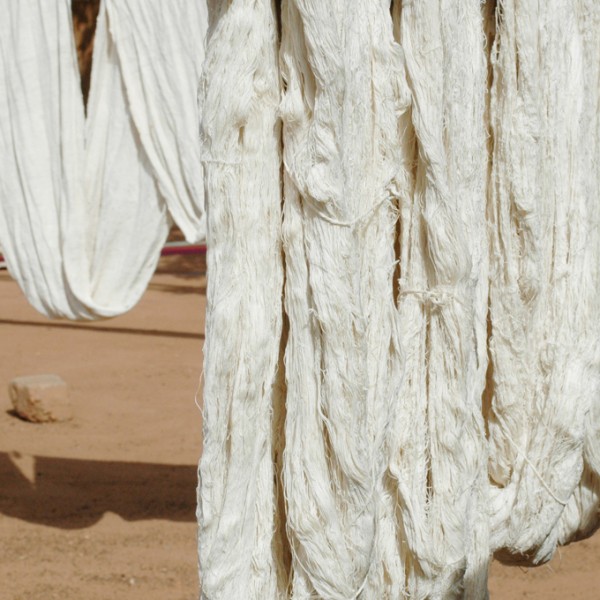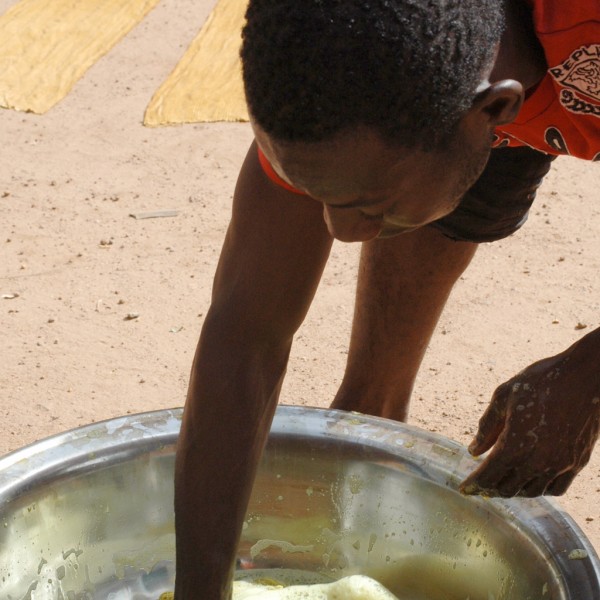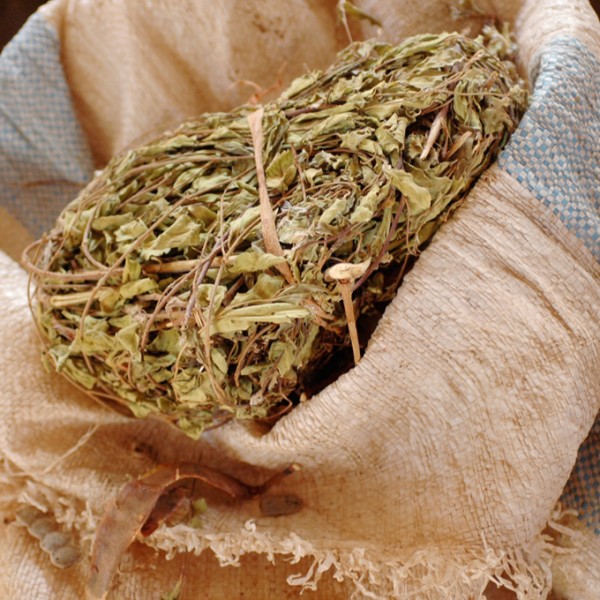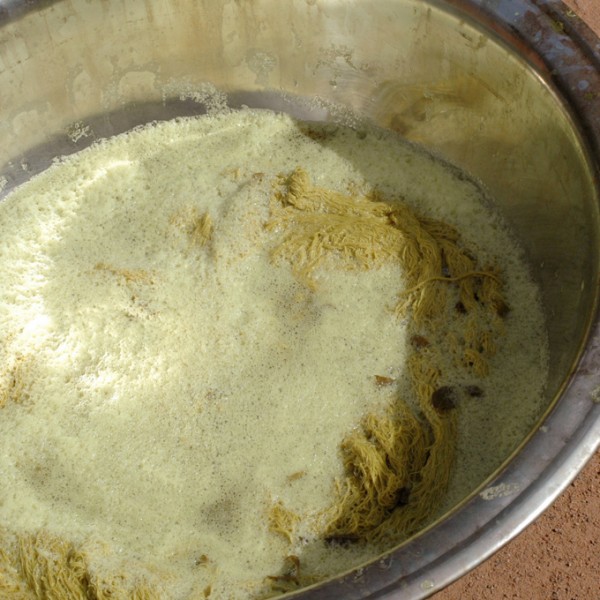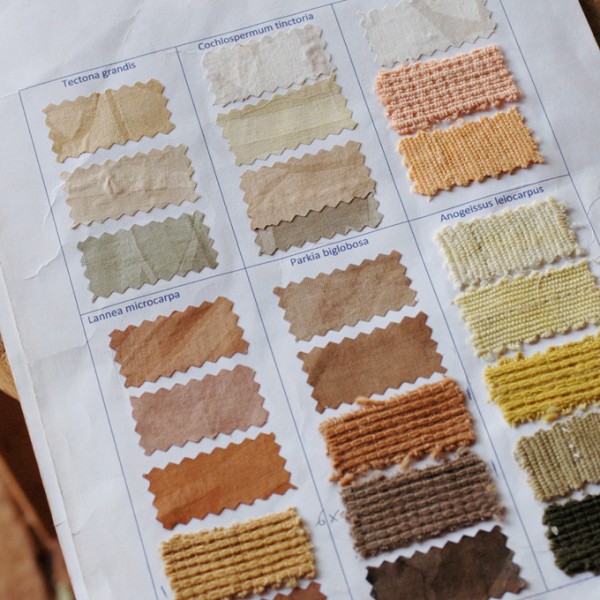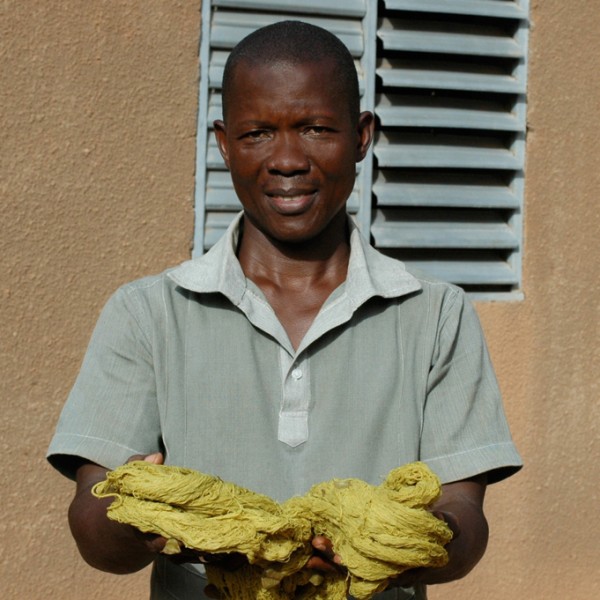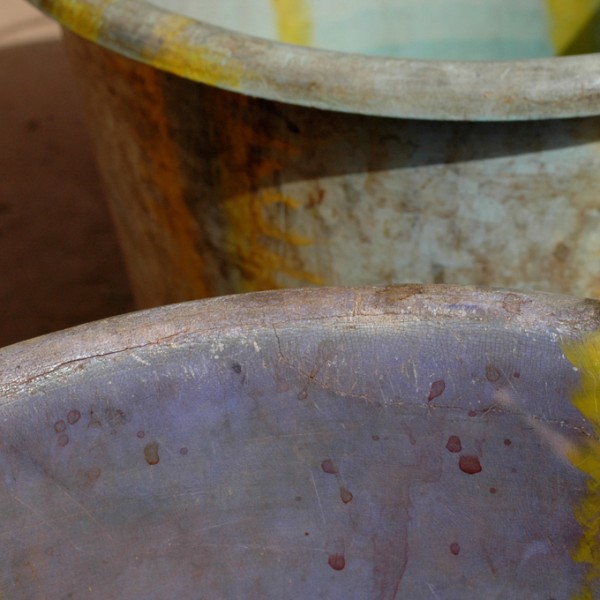When you think of Vietnam, you cannot imagine that if the majority of Vietnamese people belong to the Kinh ethnic group, fifty-three other ethnic minorities live in the country from North to South.
In order to understand a little more clearly this cultural diversity, a visit to the Hanoi Museum of Ethnography is recommended. This place has nothing to envy the famous Quai Branly Museum in Paris. We find there, presented in the most beautiful way, priceless artefacts and stories of all these unknown heritage communities. You could spend hours discovering the funeral rites or wedding ceremonies and everything that constitutes the distinctive ethnographic signs of these ethnic groups.
The exhibition of this variety of ethnic crafts features in its collections a large choice of traditional textiles and costumes. Thanks to a very didactic and interactive display, with photographs, scenography, video and audio tapes, you immerse yourself in collections of remarkable sacred or everyday’s objects and antiquities.
Each ethnic group has its own language, traditions, costumes and skills. The visit to the Museum helps to understand their differences and similarities. A Flower Hmong woman does not dress up in the same way as a Red Dao, a Lo Lo or a Thai woman. Mothers and daughters are sharing their knowledge in natural dyeing, hemp or cotton spinning, embroidery stitching, weaving, patterns drawing with various symbols… It has been a great preparation for my departure to the North-West mountains, towards Sapa, land of Hmong, Red Dao people and many other ethnies.
